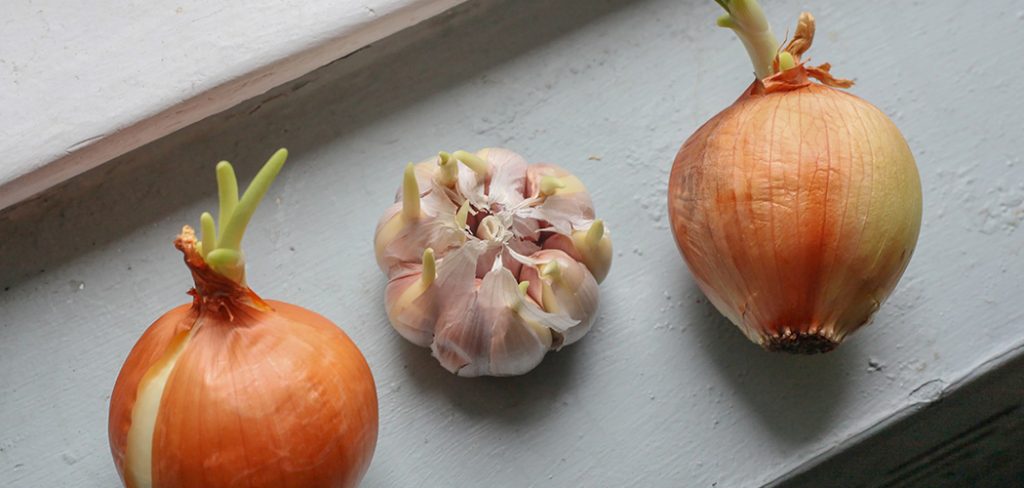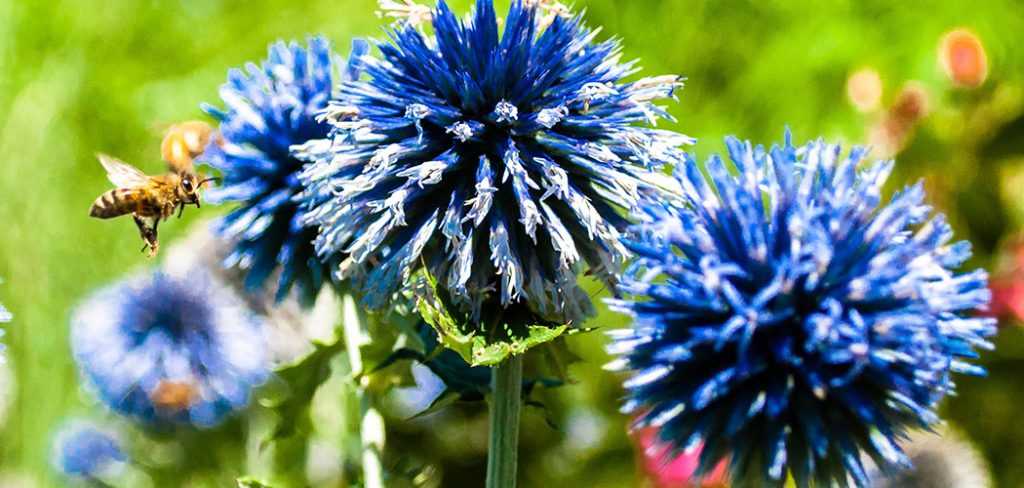Here’s a simple guide on how to propagate spider plant.
A spider plant is one of the best options for first-time plant owners. It’s very easy and fast to grow and is almost impossible to kill, which makes it a great choice for complete amateurs to get into gardening without worrying about killing the plant.
The spider plant got its name from its overall appearance that looks a lot like a spider. It has long green leaves with a little white at the edges. Some varieties also have white in the middle and green at the sides instead. Regardless, the leaves of spider plants are striped. That’s why they can easily be identified. It’s mainly decorative, but it also helps purify the air around your home.
Spider plants are native to Africa but because of their adaptability to different conditions, they can be grown anywhere and by anyone, without requiring much care.
How to Propagate Spider Plant in Water
A spider plant is one of the plants that can be grown in water, although it wouldn’t grow endlessly.
Start with spider plant cuttings or offsets and place them in a glass of water.
Once the plant has developed roots, it will need nutrients to continue growing. Feed your plant once a month with liquid fertilizer like fish food or diluted houseplant food.
Also, change your plant’s water weekly to prevent salt buildup caused by the fertilizer. Rainwater may be a better choice than tap water for protecting sensitive roots.
Prop the plant up with chopsticks or popsicle sticks as they grow. Only the roots should touch the water. Having leaves be submerged in water may cause them to rot.
If your plant starts to turn yellow, remove them from the water and transplant them into a container with good potting soil. This allows the plant to be more sustainable and produce more spiderettes, especially if you plan on cultivating them.
And that’s basically all you need to know in learning how to propagate spider plant in water.
How to Get Spider Plant Babies
There are two ways on how to get spider plant babies. First, if you’re afraid of your un-green thumb killing off your spiderettes, you can leave them attached to the parent plant and wait for them to take root on their own before snipping or uprooting them and transferring to a different container.
The second way, which is much easier, by the way, is to snip the spiderette immediately from the parent plant. They easily root, so you won’t have a problem growing them even if you cut them without the roots. This is the best option, especially if you have hanging spider plants.
If you want to have bushy spider plants, you can keep a bunch of spider plants growing together in a single container. This is applicable in several spider plant babies growing together and in a couple of spiderettes growing alongside a parent plant.
As for the water requirement, spiderettes need only slightly moist soil until they have rooted. This should be indicated by new leaf growth on your spider plant baby. Once that happens, you can resume with your normal way of how to propagate spider plant.
Spider Plant Care
The most important step in spider plant care is to plant them in well-draining soil. Place them in a container with holes so that the water does not stay stagnant. They only need to be watered to keep the soil moist but not soggy or else they will start to rot. Some spider plants even appreciate having the soil completely dried up before getting watered again. And, always remember that as with most plants, overwatering this plant brings more harm to it than underwatering.
The next step in spider plant care is to place the pot in a bright area, but preferably one where they get only indirect sunlight. Spider plants thrive best in cooler temperatures ranging from 55ºF to 65ºF (13ºC to 18ºC).
You can prune your spider plants occasionally to help them grow better and fresher. Spider plants also only need to be repotted to a bigger container once they grow large enough that their roots start showing through the pot. This would also mean it would be hard to get enough water through them.
They can be thinned by dividing the parent plant into several new ones, or by planting the spiderettes in a separate container to grow into a parent plant of their own.
If you notice that some of the leaves of your spider plant start browning, that doesn’t necessarily mean there’s something wrong. It usually happens in the spider plant’s growth cycle and it will not harm your plant. Browning is often caused by fluoride in water which causes salt to build up in the soil.
To solve this, you would need an occasional thorough watering just to flush out excess salts. Never let the water remain stuck on the soil. That’s what your pot’s drainage holes are for. Sometimes, distilled water or rainwater helps clean the soil of salts thoroughly.
Conclusion
Spider plants significantly increase the aesthetics around your home and puts you in a better mood overall. If you need a little nudge to get into gardening and growing your own plants at home, starting with a spider plant is definitely the way to go. It definitely makes you feel validated as a plant parent or plant grower, especially once you see little spiderettes forming from your parent spider plant.
So, while we’re all stuck in quarantine, start looking for online sellers or local plant nurseries where you can buy your own spider plant, so that in a week or two, you can already show off your progress on Instagram. Who doesn’t want to see plants on their feed, right?
A spider plant doesn’t discriminate against certain people (especially those without a green thumb), so all you need to do is follow these tips on how to propagate spider plant and your plant should do well. Happy gardening! Enjoy your spider plant journey!
Read my other post on 5 Sustainable garden ideas and Flowers that bloom quickly.

